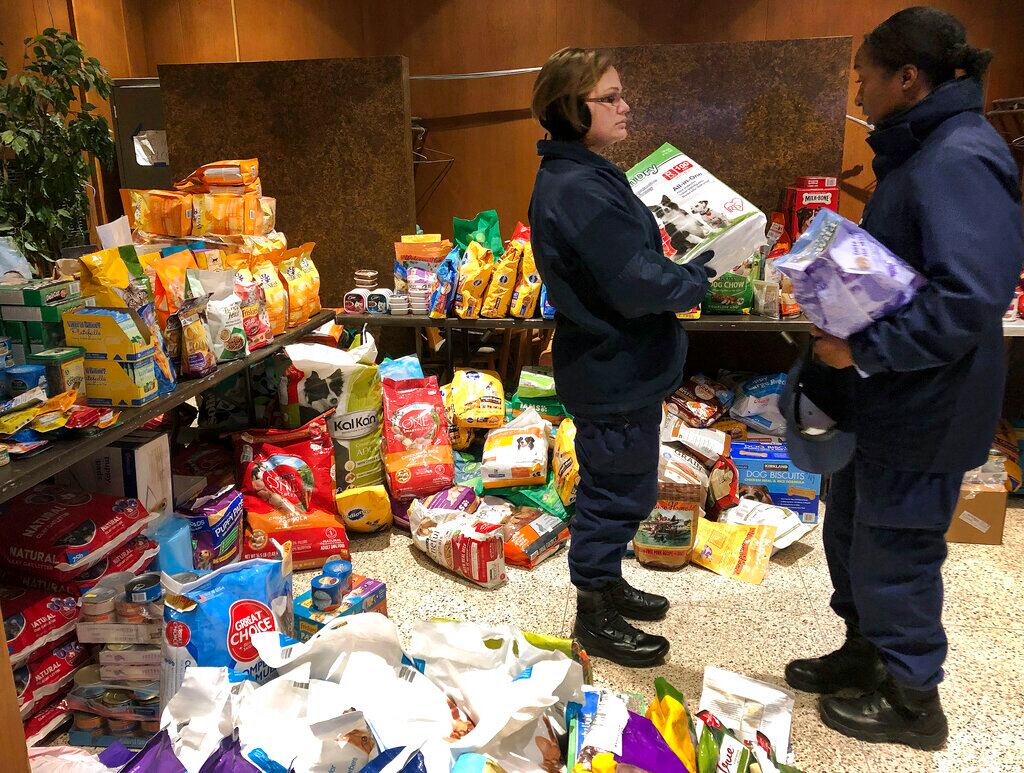Marines from 1st Battalion, 6th Marine Regiment stand around a gaggle of Afghan villagers in Kajaki, rifles alert to the dirt, as an officer flips through a canary yellow “Wanted” pamphlet featuring the faces of high-value Taliban targets.
A few villagers are aggressively pulled from the circle, fingerprinted and photographed, while young Marines, many who cannot yet legally buy beer in the U.S., speculate on the guilt or innocence of those in their presence.
“I don’t know. I’m jaded," one Marine says.
"I think these guys are always just hanging out. I don’t think they’re bad guys, but when we kill them, we see the same dudes in same clothes, so who knows?”
By that night, the Marines realize they apprehended innocent men.
“All those guys are free to go,” the officer says.
“Are they pissed off at us?" a young Marine asks of those wrongfully detained.
“I’d be pissed,” the frustrated officer snaps back.
This scene from “Combat Obscura,” a 70-minute moral roller coaster featuring footage from a 2011 deployment to Afghanistan’s violent Helmand province, is one of dozens that depict the blurred lines and utter confusion of a war that is now 18 years old.
Filmed and directed by combat cameraman Miles Lagoze, “Obscura” provides a true illustration of the primal aspects of war. Due to that honest approach, few of the film’s scenes will endear its participants to a public that consumes much of its war information through crisply-edited propaganda emerging from the Pentagon.
“I think we’re at a point as veterans that we want to show war as it is," Lagoze told Military Times.
"We’re kind of sick of the hero-worshipping.”
Lagoze accomplishes that through use of imagery that isn’t the oft-regurgitated, motivating firefight footage garnering millions of views on YouTube.
Instead, the film deftly balances moments of soaring adrenaline with periods of extensive boredom, adolescent behavior and morale-crushing episodes.
“Hey buddy, how you doing today?" a Marine says in one scene to the corpse of a shopkeeper who had just been killed by mistake. "Look like you just got f--ked.”
Subsequent footage cuts to a closeup of Marines staring, emotionless, at “Austin Powers” on a portable DVD player.
In another sequence, the calming sounds of a pre-dawn prayer circle are interrupted by the next scene’s audio — a burst of machine gun fire during an exchange with the enemy that left two Marines, including Lagoze, wounded.
“I don’t want any more combat," a patched up Lagoze says on camera in the aftermath of the firefight, a lulled period of mental anguish seldom portrayed in Hollywood films or propaganda. "I think I’m good after this.”
“Ready to go home, aren’t you?” another Marine asks.
“Yea."
“How you feelin?” the Marine behind the camera asks Lagoze.
“Scared. ... I never thought they’d get that close. ... I never thought they’d hit us in the compound.”
As a combat cameraman, Lagoze was tasked with compiling footage to meet the Marine Corps’ goal of documenting history while simultaneously building on a recruiting effort increasingly reliant on images of modern warfare.
But what he came away with is something no one in the Department of Defense, especially in a branch like the Marine Corps, which prides itself on a public perception of being the best of the best, wanted to see the light of day.
Knowing this, Lagoze began looking into alternative means to get the footage into mass production, “because I knew if I went to the Marine Corps, they’d just flip out,” he said.
Once he got the footage declassified through a Pentagon review process, word of the film wormed its way onto the Marine Corps’ radar.
“That’s when I started getting calls from NCIS and Marine Corps Entertainment Liaison Office,” he said. "They wanted to know what I was trying to do with it and what the message was.
“I think all they see [in “Combat Obscura”] is the bad stuff, but in reality, there’s good, bad, ugly, everything. It’s an all-encompassing experience, and you can’t just cherry pick certain things you want to show.”
The end result is, indeed, an all-encompassing enterprise.
The film’s true brilliance lies in its situational hysteria, a scene-by-scene unpredictability that serves as a microcosm of a war with no end — and no definitive outcome — in sight.
Like the forever war, a lack of closure looms ominously over the film, a sentiment echoed by many of the war’s actors. Lagoze is no different.
“I certainly feel a lot of guilt about having been to Afghanistan — just by having a presence there,” Lagoze told Military Times.
"Did we make it worse? Did we make it better? We’re not really sure. To be able to show that, in its full complexity, is really what we wanted to do.”
“Complex” is certainly one way to describe the subjects and settings of this filmmaking masterpiece, which hits select theaters March 15.
Similarly, it’s an accurate depiction of the real Marine Corps — the incessantly rowdy, immature, aggressive side the public never sees.
During one scene, Marines pass a joint back and forth, its contents gathered from the abundance of marijuana growing in Kajaki.
One Marine tells the others to interview him while he’s stoned.
A voice pipes up from off camera. Did you think the deployment was going to be like this?
No, the Marine responds.
“You join the Marine Corps and you think the Marine Corps is a bunch of perfect people, you know? They don’t do anything bad, don’t curse and they’re really just squared away killers.
“And the Marine Corps is filled up with the most f--ked up individuals I’ve ever met. Just like me, you know?”
J.D. Simkins is the executive editor of Military Times and Defense News, and a Marine Corps veteran of the Iraq War.




